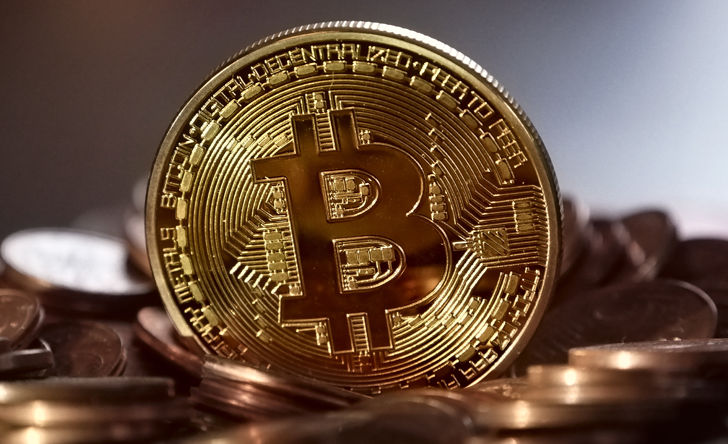Crypto-currencies sparked a frenzy among financial analysts last month. Bitcoin, for example, reached record high prices. Yet this craze hides a dark side, S&P Global Ratings points out: the currency has a sizable environmental footprint.
Since its meteoric rise, bitcoin has reportedly consumed as much electricity as the Netherlands or the United Arab Emirates, the researchers estimate. In fact, issuance of new bitcoins demands the most energy, rather than network maintenance.
The cost of electricity, however, is not hindering profitability. Electricity costs absorb less than a fifth of cryptocurrency miners’ income, S&P estimates.
The short lifespan of mining machines also affects the environmental footprint. Initially, bitcoin was supposed to use the spare capacity of computers, but miners discovered that graphic cards and Application-Specific Integrated Circuits, or ASICS, can do a better job. However, the lifespan of these machines is about 1.5 years. Once they become obsolete, they create electronic waste. The cumulative amount of e-waste that bitcoin generates thus has major environmental ramifications.
“Bitcoin and other cryptocurrencies could also leverage clean energy solutions as they become more prevalent,” says S&P Global Rating. However, virtual currencies need a constant energy supply. Renewable energy is thus only a partial solution, the researchers believe. Electricity consumption is likely to decrease: Some cryptocurrency supporters the maximum supply of bitcoin has been issued.
Ultralow interest rates, substantial liquidity, rising inflation expectations and high valuations on stock markets could explain the strong resurgence of investor interest in bitcoin, the S&P experts continue.
The researchers view the price volatility of cryptocurrencies as a limited risk for the financial institutions it rates. The collapse in value of this type of currency would be “just a ripple across the financial services industry, still too small to destabilize the system ,” S&P says. All the same, banks’ ETFs might be exposed to product mis-selling or reputational risks if prices collapse, the analysts add.
Cryptocurrencies remain speculative instruments that investors use primarily as a store of value rather than a means for commerce, despite some moves toward wider adoption. “We believe regulators and much greater public confidence are the keys to more widespread use," S&P Global Ratings continues. What’s more, some investors see bitcoin as a competitor to gold or other commodities.
After its spectacular rise, bitcoin prices have retreated, in what some market watchers see as a sign of caution.
In the long term, the rating firm anticipates the large-scale adoption of central bank digital currencies as a means of payment. In fact, the resurgence of bitcoin coincides with the dawn of the acceptance of cryptocurrencies by large payment providers such as PayPal, Visa and MasterCard.




